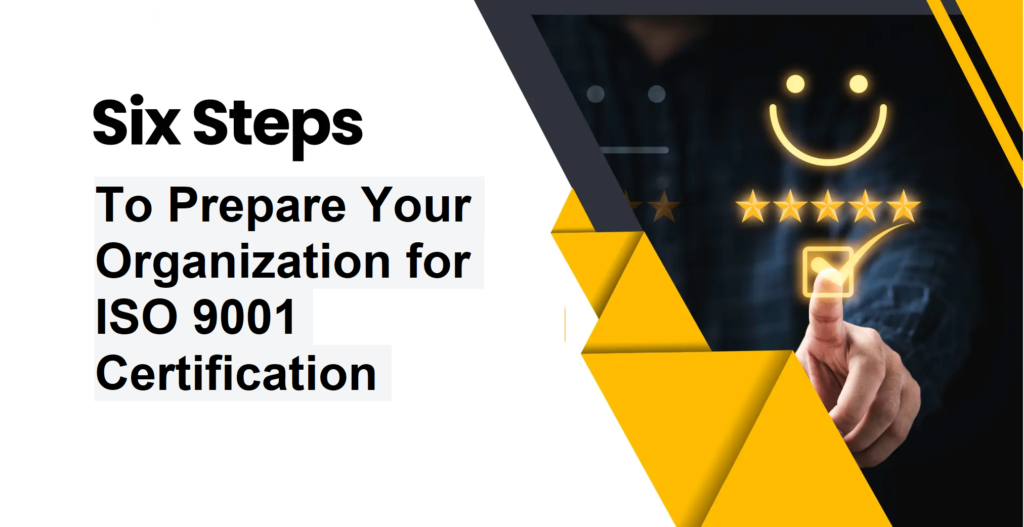ISO 9001 serves as a standard for quality management. Prior to your team pursuing certification through an official audit, it is essential to ensure that all gap analyses, documentation, and necessary corrections are completed.
What is ISO 9001:2015 certification?
ISO 9001:2015 highlights the importance of active participation from top management, incorporates leadership criteria for quality management, and introduces the principle of risk-based thinking. IT teams can perform an initial gap analysis to identify operational deficiencies that need attention, regardless of whether they pursue ISO 9001 certification.
For organizations lacking comprehensive documentation, strictly adhering to policies, or potentially harboring unrecognized deficiencies or vulnerabilities, there exists a widely accepted method for identifying and rectifying these shortcomings. The International Organization for Standardization (ISO) 9001 is a well-established global standard designed to assist businesses in establishing quality management systems and practices. To date, ISO 9001 has undergone four revisions, with the most recent update in 2015 broadening the scope of the standard to encompass a diverse array of businesses, including those in the service sector.

ISO 9001 certification is acknowledged and relevant on a global scale. By implementing quality management processes, organizations can guarantee that customers receive services and products that are both consistent and dependable.
The requirements outlined in ISO 9001 may appear to be intuitive for most administrators; however, the stringent documentation standards necessitate thoroughness, preventing any oversight of elements that might seem unnecessary.
Achieving ISO 9001 certification involves a six-step process that organizations must follow:
1. Familiarize oneself with ISO standards through self-directed learning or by enrolling in various online courses or professional consulting training programs.
2. Conduct an internal gap analysis to pinpoint deficiencies in operations relative to ISO standards and identify necessary improvements prior to advancing to the formal certification stages.
3. Initiate the documentation phase, which entails the comprehensive written formalization of processes, procedures, and ongoing improvement plans, especially in areas where gaps have been identified.
4. Commence implementation, during which the entire organization, including senior management, receives training on the standards and procedures to ensure full compliance.
5. Perform an internal audit, serving as a self-assessment to prepare the IT team for the external audit. This can be conducted by staff members, existing or prospective clients, or consultants to confirm that the organization meets the required standards.
6. Undergo a formal audit and certification process in two phases conducted by a registrar. The first phase assesses the organization’s readiness for the second phase and can be performed remotely to minimize travel expenses. Administrators must address any identified deficiencies before the second phase, which occurs on-site.
During this phase, the auditor evaluates the organization’s methods, procedures, and internal documentation, as well as interviews staff to ensure that quality measures have been consistently applied for a minimum of six months, while also verifying the maintenance of records and evidence. Should any nonconformities be detected, organizations are required to rectify them and arrange for a subsequent, typically shorter, on-site audit by the auditor.
